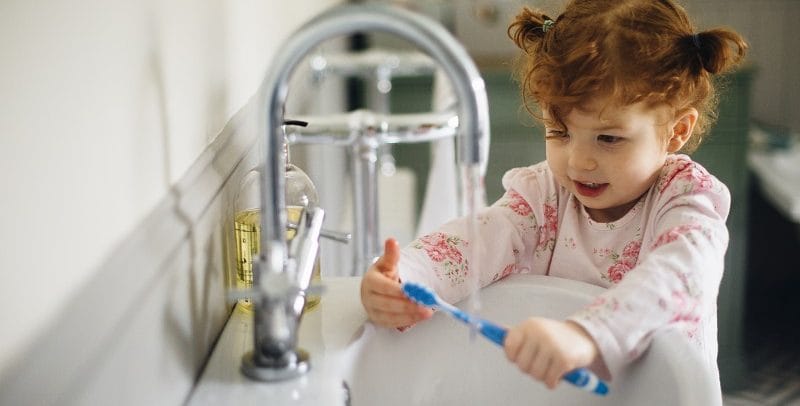Gas heating appliances
Even if your gas heater appears to be tiptop, EnergySafe Victoria advises you have it professionally serviced at least every two years by a registered and licensed gasfitter endorsed for gas appliance servicing.
Gas heaters can leak carbon monoxide and become dangerous, so it’s especially important for your service agent to check for any signs of spills and address them immediately.
A regular check-up by a pro in the know will help ensure any deterioration is picked up. Some of the things you could ask your service agent to check include:
Get to know your system
While only licensed gasfitters should service your appliance, there are a few checks you can complete yourself in between services that can help keep your gas heater running efficiently, pick up issues early and possibly even extend its lifetime. Consult your user manual to see what these are for your heater.
Just remember; regular health checks don’t replace the need for professional servicing. Always read and follow the operating instructions, manufacturer’s guidelines and manual and consider any safety risks when completing any checks yourself.
Always keep an eye out and if you notice any of the following signs, you should give your gasfitter a call right away:
Faulty, ill-fitted or poorly maintained gas heaters can cause a build of carbon monoxide. Carbon monoxide is produced whenever a fuel burns – whether it’s gas, oil or even a classic wood fire. When systems are fitted correctly, serviced often and in good working order, they should vent this gas externally. But irregular servicing and breakdowns can lead to this noxious gas escaping into spots that it shouldn’t.
Carbon monoxide is invisible and odourless, so you can’t pick a leak by sense alone. However, if you do notice signs of illness from carbon monoxide including tiredness, dizziness, headaches, weakness, nausea, shortness of breath or chest pain, be sure to call a professional immediately. You can also purchase a carbon monoxide detector from hardware stores for extra peace of mind.
